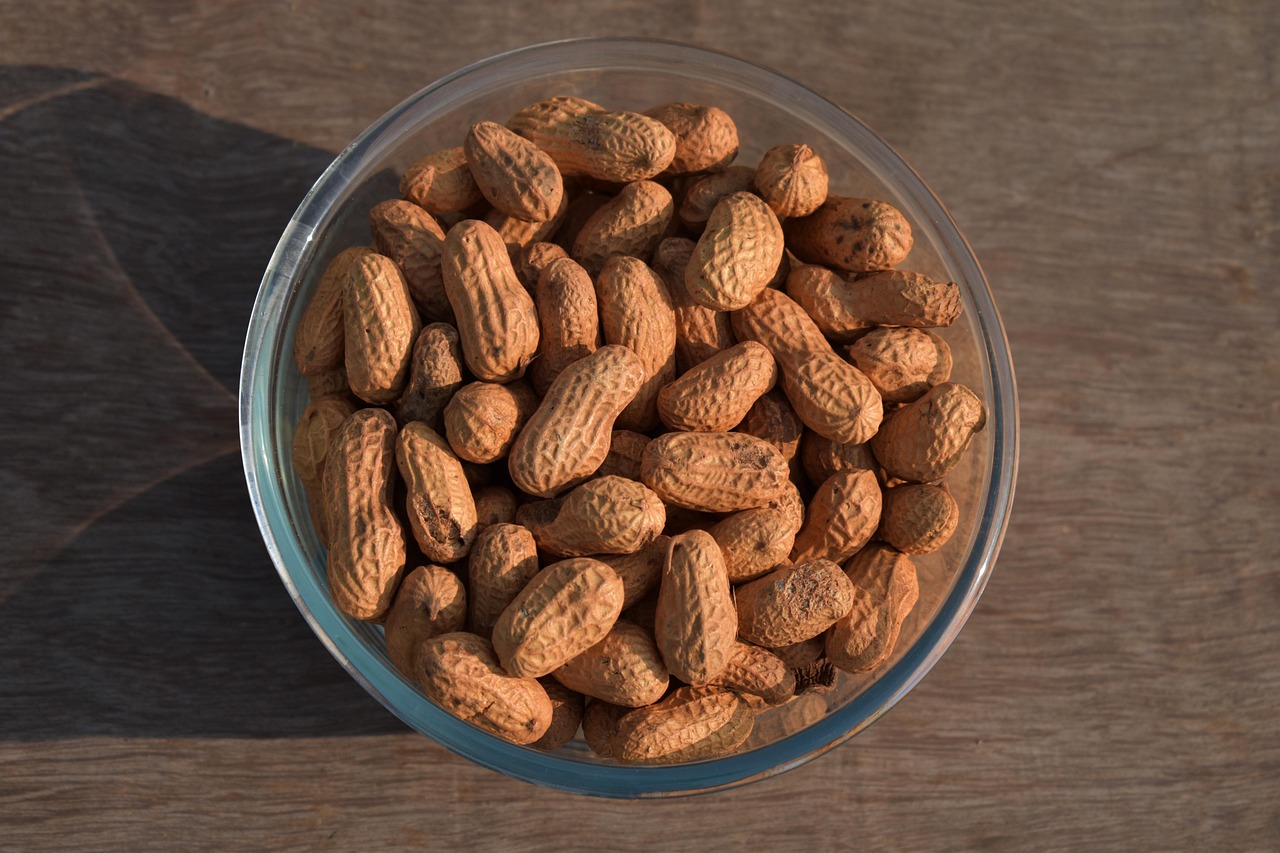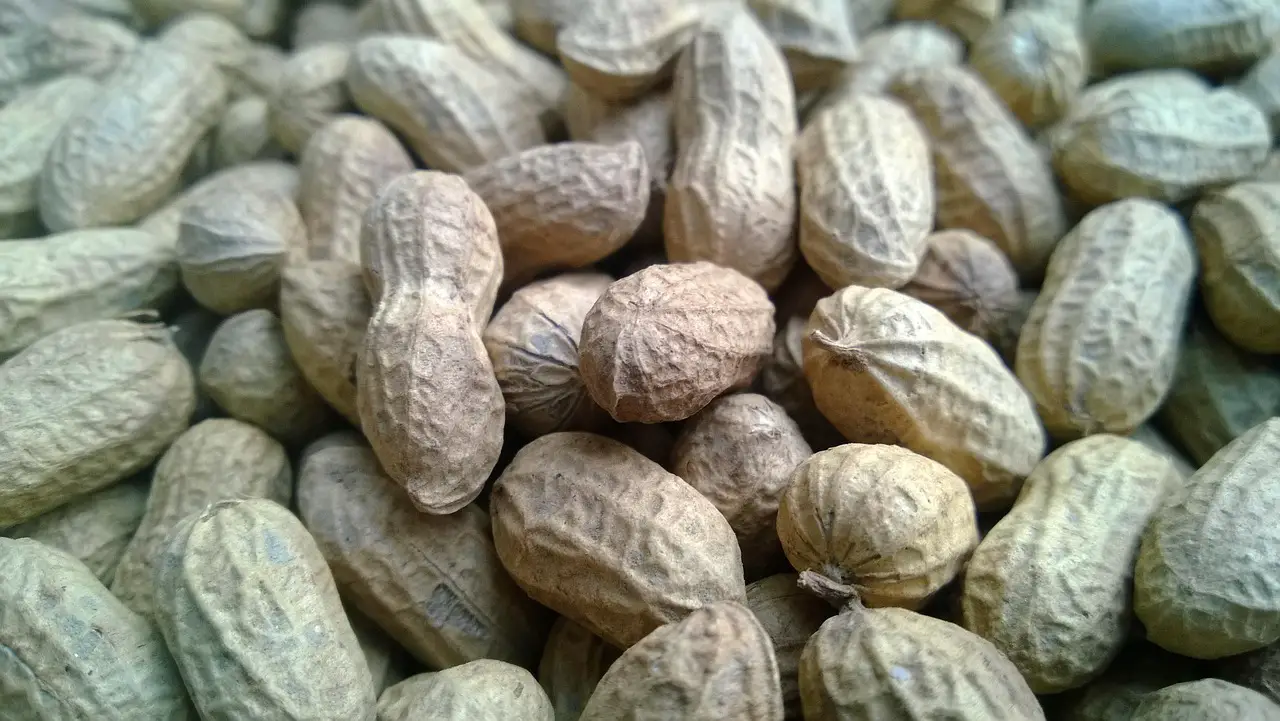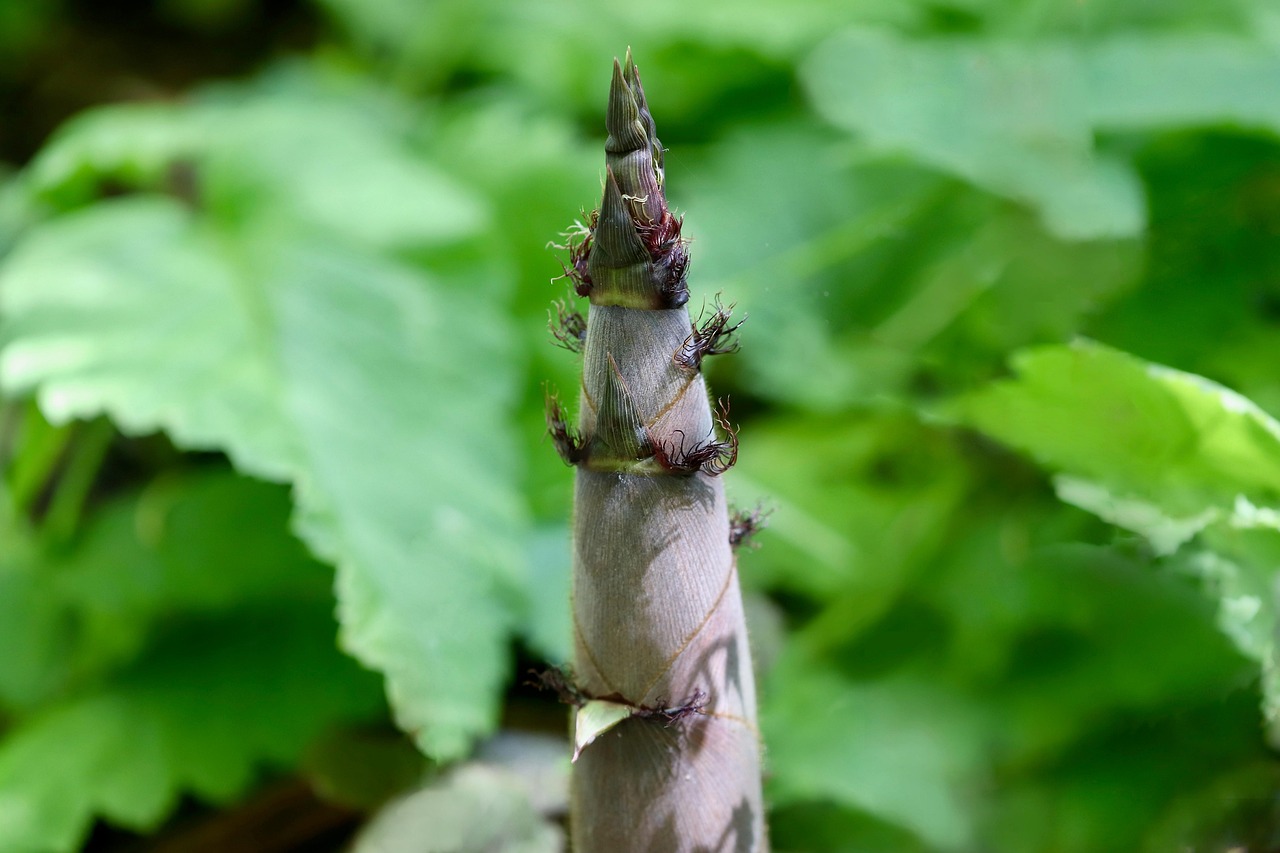Growing American groundnuts (Apios americana) can be a rewarding experience for home gardeners. These perennial plants thrive in well-drained soil, require full sun to partial shade, and benefit from regular watering. With proper care and attention, you can enjoy a bountiful harvest of nutritious tubers.
Understanding American Groundnuts

American groundnuts are native to North America and have been cultivated for centuries. They are known for their edible tubers and high nutritional value. Groundnuts are part of the legume family, which means they also enrich the soil with nitrogen, making them beneficial companions for other plants in your garden.
This plant is not only valued for its food but also for its ornamental qualities. The climbing vines can reach heights of up to 15 feet, producing beautiful clusters of purple flowers. These characteristics make American groundnuts an excellent addition to any garden, whether for aesthetic appeal or culinary use.
Growing Conditions
To successfully grow American groundnuts, it is essential to provide them with optimal growing conditions. Here are the key factors to consider:
- Soil: American groundnuts prefer well-drained, loamy soil rich in organic matter. A pH level between 6.0 and 7.0 is ideal.
- Sunlight: These plants thrive in full sun but can tolerate partial shade. Aim for at least six hours of sunlight daily.
- Watering: Regular watering is crucial during the growing season. Keep the soil consistently moist but not waterlogged.
Planting American Groundnuts
Timing and technique play significant roles in planting American groundnuts effectively. Here’s how to get started:
- Seed Selection: Choose healthy tubers or seeds from a reliable source. Look for those that are firm and free from blemishes.
- Planting Time: The best time to plant is in the spring after the last frost. This will give the plants ample time to grow throughout the warm months.
- Spacing: Space tubers about 12-18 inches apart to allow for proper growth and airflow.
Care and Maintenance
Once planted, American groundnuts require consistent care to thrive. Here are some tips for maintaining healthy plants:
| Task | Frequency |
|---|---|
| Watering | Weekly, more often in dry spells |
| Fertilizing | Every four weeks during growing season |
| Weeding | Regularly, as needed |
Additionally, support structures such as trellises can help the vines grow upright, maximizing space and yield. Keep an eye out for pests and diseases that may affect the plants, and address any issues promptly to ensure healthy growth.
Pest and Disease Management
Managing pests and diseases is crucial for a successful harvest of American groundnuts. While these plants are relatively resilient, they can still fall victim to various problems. By recognizing potential threats early, you can protect your plants and ensure a healthy yield.
Common Pests
Several pests may affect American groundnuts, including:
- Wireworms: These larvae can damage tubers by burrowing into them, causing rot and decay.
- Flea beetles: Small insects that feed on leaves, leading to holes and reduced plant vigor.
- Aphids: These tiny pests can weaken plants by sucking sap and may also transmit diseases.
Pest Control Measures
Here are some effective strategies to manage pests in your garden:
- Crop Rotation: Rotate your crops each year to prevent pest populations from establishing themselves.
- Companion Planting: Planting certain crops alongside American groundnuts can deter pests. For example, marigolds are known to repel nematodes and other harmful insects.
- Natural Predators: Encourage beneficial insects like ladybugs and lacewings, which prey on harmful pests.
- Insecticidal Soap: Use this organic solution to treat infestations without harming the environment.
Disease Prevention
American groundnuts can also be susceptible to various diseases. Here are some common ailments and tips for prevention:
- Root Rot: Caused by overwatering or poor drainage, this disease leads to wilting and yellowing plants. To prevent it, ensure proper soil drainage and avoid excessive moisture.
- Powdery Mildew: This fungal disease appears as white spots on leaves. To reduce its occurrence, provide adequate air circulation by spacing plants appropriately and avoid overhead watering.
- Leaf Spot: Fungal leaf spots may develop due to wet conditions. Remove affected leaves promptly and ensure good hygiene in the garden.
Disease Management Strategies
Implementing the following strategies will help in managing diseases effectively:
- Healthy Seed Selection: Always start with disease-free seeds or tubers to minimize the risk of introducing pathogens.
- Sanitation: Keep the garden clean by removing debris and diseased plants, which can harbor diseases.
- Fungicides: If necessary, apply organic fungicides as a preventive measure during humid conditions.
Harvesting American Groundnuts

The harvesting process for American groundnuts is an exciting time for gardeners. Knowing when and how to harvest is essential for maximizing your yield.
When to Harvest
American groundnuts typically take about 120 to 150 days from planting to reach maturity. Here are signs indicating when it is time to harvest:
- The foliage begins to yellow and die back.
- The vines start to dry up, indicating that the tubers have reached their optimal size.
Harvesting Techniques
To harvest American groundnuts, follow these steps:
- Loosening the Soil: Use a garden fork or spade to gently loosen the soil around the base of the plant without damaging the tubers.
- Hand Harvesting: Carefully pull out the tubers from the soil, checking for any that may be left behind.
- Curing Tubers: After harvesting, allow the tubers to cure in a cool, dry place for a few days. This process enhances their flavor and storage life.
Once harvested and cured, American groundnuts can be stored in a cool, dark place for several months, allowing you to enjoy their unique flavor throughout the year.

Utilizing American Groundnuts in the Kitchen
American groundnuts are not only nutritious but also versatile in the kitchen. Their unique flavor and texture allow for various culinary applications. Understanding how to incorporate these tubers into your meals can enhance your cooking and provide new experiences.
Nutritional Benefits
Before diving into recipes, it’s worth noting the nutritional advantages of American groundnuts:
- High in Protein: They are an excellent source of plant-based protein, making them ideal for vegetarians and vegans.
- Rich in Fiber: Groundnuts contain dietary fiber, which aids digestion and promotes gut health.
- Vitamins and Minerals: They provide essential vitamins such as B-complex vitamins and minerals like potassium and magnesium.
Cooking Methods
American groundnuts can be prepared in various ways. Here are some popular cooking methods:
- Boiling: Boil the tubers until tender. This method enhances their natural flavor and makes them soft for mashing or adding to salads.
- Roasting: Roasting brings out a sweet, nutty flavor. Coat the tubers with olive oil, season with salt, and roast in the oven until golden brown.
- Mashing: Similar to potatoes, you can mash cooked groundnuts with butter, garlic, and herbs for a delicious side dish.
- Stir-Frying: Slice the tubers into thin pieces and stir-fry with vegetables and protein for a nutritious and colorful dish.
Delicious Recipes Featuring American Groundnuts
Here are some easy-to-follow recipes that highlight the flavor of American groundnuts:
American Groundnut Salad
This refreshing salad is perfect for showcasing the earthiness of groundnuts.
- Ingredients:
- 2 cups boiled American groundnuts, diced
- 1 cup cherry tomatoes, halved
- 1 cucumber, diced
- ¼ red onion, thinly sliced
- Fresh herbs (parsley or cilantro)
- Dressing: Olive oil, lemon juice, salt, and pepper
- Instructions:
- In a large bowl, combine all ingredients.
- Toss gently with dressing to combine.
- Serve chilled or at room temperature.
Roasted Groundnuts with Garlic and Herbs
This simple side dish pairs well with various entrees.
- Ingredients:
- 2 cups American groundnuts, scrubbed and halved
- 3 tablespoons olive oil
- 3 cloves garlic, minced
- 1 teaspoon dried thyme or rosemary
- Salt and pepper to taste
- Instructions:
- Preheat the oven to 425°F (220°C).
- Toss the groundnuts with olive oil, garlic, herbs, salt, and pepper in a bowl.
- Spread the mixture on a baking sheet in a single layer.
- Roast for 25-30 minutes until golden brown and crispy.
Storing American Groundnuts

Proper storage is essential for maintaining the freshness and quality of your harvested American groundnuts. Here are some tips:
- Cool, Dark Place: Store cured tubers in a cool, dark location like a basement or cellar to prevent sprouting and spoilage.
- Avoid Moisture: Keep them dry; moisture can lead to mold growth. Use breathable containers like burlap sacks or wooden boxes.
- Check Regularly: Periodically inspect stored groundnuts for signs of rot or sprouting. Remove any affected tubers promptly to prevent spreading.
By utilizing these storage methods and culinary techniques, you can make the most of your American groundnut harvest. Their versatility allows for creative cooking while enjoying the health benefits they provide.
Enhancing Your Garden with American Groundnuts
In addition to their culinary uses, American groundnuts offer significant benefits to your garden’s ecosystem. As a legume, they improve soil quality by fixing nitrogen, which can enhance the growth of surrounding plants. This beneficial relationship makes them an excellent companion plant for a variety of crops.
Companion Planting with American Groundnuts
When planning your garden, consider incorporating companion planting strategies. American groundnuts can thrive alongside various plants, providing mutual benefits:
- Beans: Both beans and groundnuts are legumes, which can help enrich the soil together.
- Corn: Corn can provide vertical space for the climbing vines of groundnuts, while groundnuts can help suppress weeds.
- Squash: The broad leaves of squash plants can provide shade for the groundnuts, keeping them cool and moist.
Environmental Benefits
Incorporating American groundnuts into your garden not only supports your own culinary pursuits but also contributes positively to the environment. Here are some environmental benefits:
- Biodiversity: By growing diverse plants like American groundnuts, you can attract various beneficial insects and wildlife to your garden.
- Soil Health: The nitrogen-fixing ability of groundnuts improves soil fertility, reducing the need for chemical fertilizers.
- Water Conservation: The deep root system of groundnuts helps improve soil structure and moisture retention.
Future Considerations for Growing American Groundnuts
As you continue to grow and experiment with American groundnuts, consider these future aspects for long-term success:
- Seed Saving: Save seeds from your best-performing plants to ensure you have high-quality seeds for future planting seasons.
- Experiment with Varieties: Explore different varieties of American groundnuts to find those that best suit your climate and taste preferences.
- Community Sharing: Share your harvest and experiences with neighbors or local gardening groups. This fosters a sense of community and encourages more people to explore gardening.
Final Thoughts
Growing American groundnuts offers a unique opportunity for home gardeners to diversify their gardens while enhancing soil health and enjoying delicious, nutritious food. With their versatility in the kitchen and numerous environmental benefits, these tubers merit a place in any garden.
As you embark on your journey with American groundnuts, remember the importance of proper care, pest management, and storage techniques. Keep experimenting with different recipes and planting strategies to maximize your enjoyment and yield. With patience and dedication, you will find success in growing this remarkable crop.
Your experience with American groundnuts not only contributes to your culinary repertoire but also connects you with a rich agricultural history. Embrace the journey and enjoy the many rewards that come from cultivating this remarkable plant.
